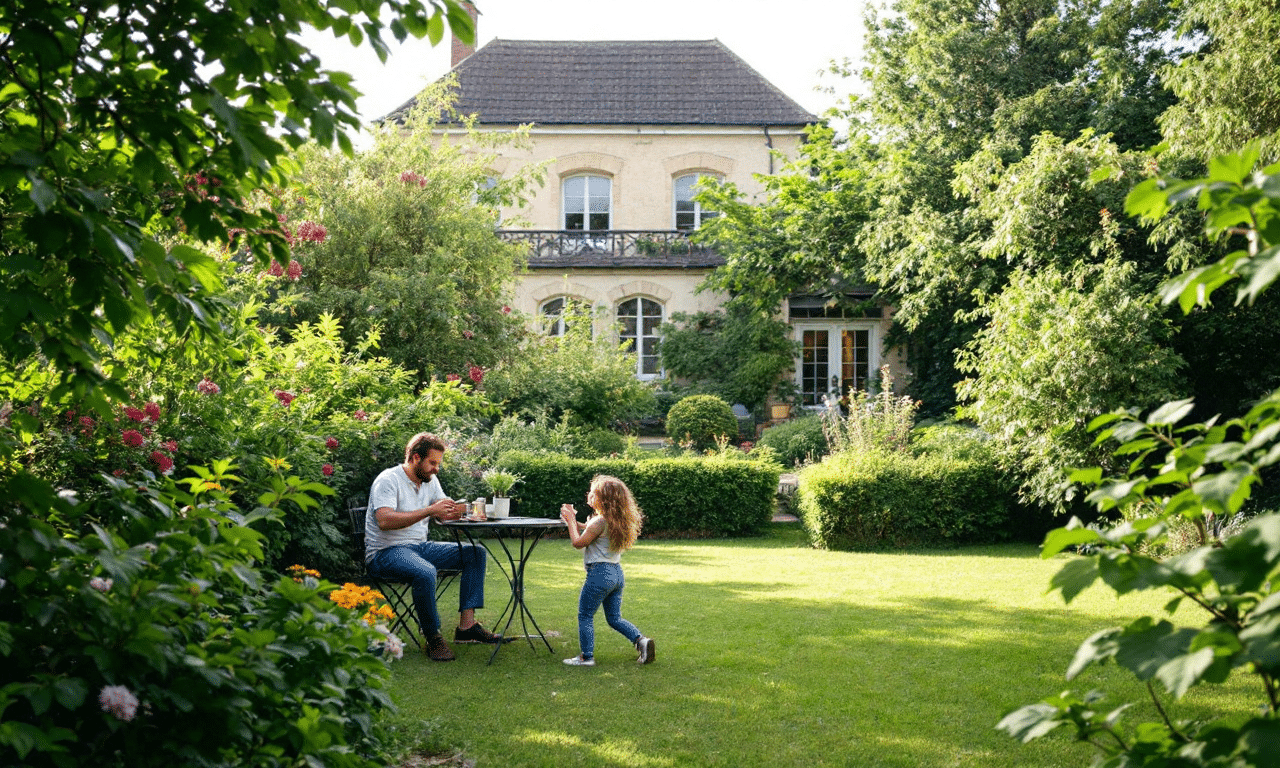Traveling with your dog can be an exciting adventure, but it also requires a bit more preparation to ensure your furry friend stays comfortable and safe. Whether you’re going on a road trip or flying to a far-off destination, these tips will help you have a smooth journey with your pet.
Article Highlights 🐾
- Choose pet-friendly accommodations
- Pack a doggy travel kit with essentials
- Consider your dog’s comfort during travel
- Give your dog regular breaks on long trips
- Plan for potty breaks and feeding times
Traveling with a dog requires some extra planning, but with the right approach, it can be an enjoyable experience for both you and your pet. Start by selecting pet-friendly accommodations and ensuring that all your dog’s needs are met during the journey. From travel gear to travel time, here’s how to make your trip as smooth as possible.
Choose Pet-Friendly Accommodations
Not all hotels or rental properties are welcoming to pets, so always confirm ahead of time that the place you’re staying allows dogs. Some accommodations even provide pet amenities such as dog beds or bowls, making the stay more comfortable for your furry friend. You’ll also want to check if there are nearby parks or trails for walks and exercise.
Pack a Doggy Travel Kit
Your dog will need some of the same comforts that you do when traveling. Pack a travel kit that includes food, water, a leash, waste bags, grooming tools, medications (if needed), and any toys or blankets that will keep them calm. It’s also a good idea to have your dog’s vaccination records in case you need them at any point during the trip.
Comfort During Travel
If you’re driving, make sure your dog is secure in the vehicle. Use a pet seatbelt harness or a carrier to keep your dog safe and comfortable. If flying, check with the airline about their pet policies. Many airlines have pet carriers that fit under the seat, and some will allow small dogs to fly in the cabin with you.
Unlock flawless skin on your next flight: The essential in-flight beauty routine you need to try
Give Your Dog Regular Breaks
Long car rides or flights can be hard on dogs. For road trips, take regular breaks to allow your dog to stretch their legs, go to the bathroom, and drink water. Even during flights, try to walk your dog around the terminal before boarding to burn off some energy.
Plan Potty and Feeding Times
Be mindful of your dog’s potty breaks and feeding schedule. If you’re on the road, plan your route with stops that include dog-friendly rest areas. Similarly, on longer flights, ensure you give your dog a chance to relieve itself before the flight and offer water when possible.
Traveling with a dog might require more time and effort, but the rewards of having your pet by your side are well worth it. With a little extra preparation, your journey will be more enjoyable for everyone.




